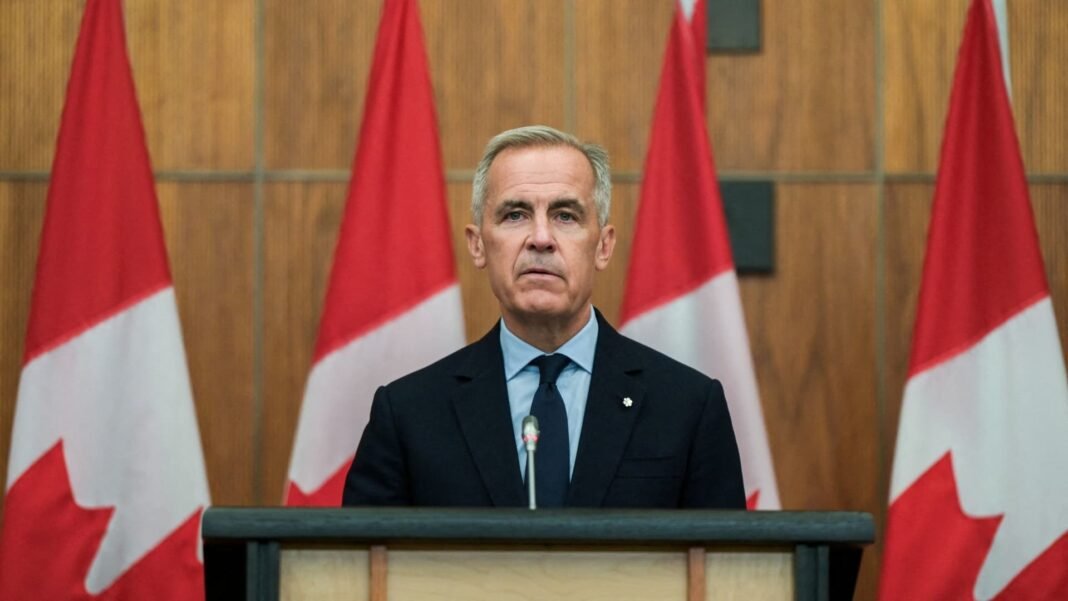Retailers’ Strategies for Managing Tariffs and Consumer Spending Trends in 2025
Shifts in Consumer Purchasing Patterns Amid Tariff Pressures
Although tariffs have increased costs for many retailers,consumer spending across the U.S. has shown remarkable resilience throughout 2025. While some buyers have modified their shopping habits, demand for non-essential items such as clothing and accessories remains relatively stable.
For example, Kroger-the nation’s second-largest grocery chain-reported steady sales growth in its private-label brands, which offer budget-friendly alternatives to national labels. This suggests that shoppers are prioritizing value without considerably reducing essential purchases.
Kroger’s finance leadership emphasized that despite inflationary challenges, customer purchasing behavior remains strong. Similarly, luxury brand Michael Kors experienced a surge in demand after launching its new Mercer Tote at $725, which quickly sold out within weeks of release.
Though, not all demographics are equally unaffected; lower-income households appear more vulnerable to price hikes driven by tariffs. Executives from major retailers note that middle- and low-income consumers tend to adjust their spending more noticeably when faced with rising prices on everyday goods compared to wealthier groups.
Innovative Approaches Retailers use to Counteract Tariff Effects
The retail sector has implemented multiple tactics to alleviate the financial strain caused by recent tariff escalations. One common strategy involves broadening supply chains by sourcing products from diverse countries and accelerating shipments ahead of tariff deadlines.
This method enables companies like Target and Costco to build inventory buffers before new duties take effect, minimizing immediate cost increases passed on to customers. Lowe’s also reported front-loading imports prior to tariff enforcement while aiming to keep dependence on any single foreign supplier under 12% by year-end.
Certain businesses have cautiously raised prices but offset these adjustments through reduced discounting or targeted pricing strategies during product launches. For instance, Dyson initially increased the price of its Airwrap hair styler from $499 up to $549 but later scaled back some increments after gauging market sensitivity.
The Hidden Financial Burden of Tariffs
The overall expense linked with tariffs continues weighing heavily despite mitigation efforts. Michael Kors anticipates an additional $180 million in import-related costs this fiscal year alone-a significant factor squeezing profit margins even amid growing sales volumes.
While many tariffs took effect starting mid-2025 across various regions, key rates involving China remain subject to change following a recent extension of a 90-day reprieve amid ongoing trade talks; current levies hover around 28%, down substantially from peaks near 140% earlier this year.
differentiated Impacts Across Retail Segments: Success Stories and Challenges
- Leveraging Brand Loyalty for Sustained Growth: Well-established brands with devoted customer bases or diversified revenue streams tend to weather tariff pressures better. Kroger’s digital advertising business expanded globally by nearly 50% last quarter-fueled further through acquisitions like meal kit provider Home Chef-and its third-party marketplace revenues rose over 20%, generating higher-margin income beyond traditional retail sales channels.
- Evolving Dynamics in Home Improvement: Lowe’s and Home Depot continue emphasizing professional contractors rather than solely DIY consumers-a strategic move designed both as protection against fluctuating consumer confidence due partly to rising interest rates-and as groundwork for future recovery via multi-billion-dollar acquisitions focused on pro-centric distribution networks.
- Cautious Spending Affects Some Brands: Skechers exemplifies companies facing headwinds; CEO Robert Greenberg described second-half conditions as “challenging,” citing sluggish foot traffic especially among budget-conscious shoppers frequenting outlet stores selling lower-priced lines such as Rykä footwear-which they’ve begun refreshing through inventory rotations with partners-to stimulate interest amid conservative buying trends.
The importance of Pricing Power Amid Cost Pressures
Larger corporations benefit from scale advantages allowing them either better negotiation leverage with suppliers or greater ability to transfer incremental expenses onto customers compared with smaller competitors lacking similar growth momentum or vendor influence.Birkenstock’s leadership reported no cancellations following July price increases directly tied to tariffs-highlighting how strong brand loyalty can help absorb cost pressures without significantly dampening demand.
Navigating Forward: Strategic Adaptation Under Uncertainty
The shifting surroundings shaped by evolving trade policies demands retailers not only manage short-term financial impacts but also continuously innovate supply chain operations and enhance customer engagement strategies.
This includes integrating digital marketplaces alongside physical stores-as demonstrated clearly at Kroger-and investing heavily into professional segments within home improvement markets where steady contracts provide insulation against volatile consumer spending cycles.
The delicate balance between absorbing costs internally versus passing them onto consumers requires nuanced pricing approaches combined with diversified revenue sources that help maintain competitive advantage while navigating ongoing geopolitical uncertainties influencing global commerce well into late 2025 and beyond.





